Luxury goes contactless, thanks to these Indian companies
Indian companies are helping high-end brands reimagine boundaries as the pandemic hits the luxury sector, which has traditionally placed a premium on physical experiences
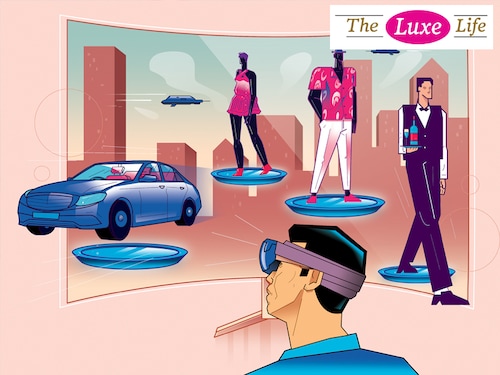

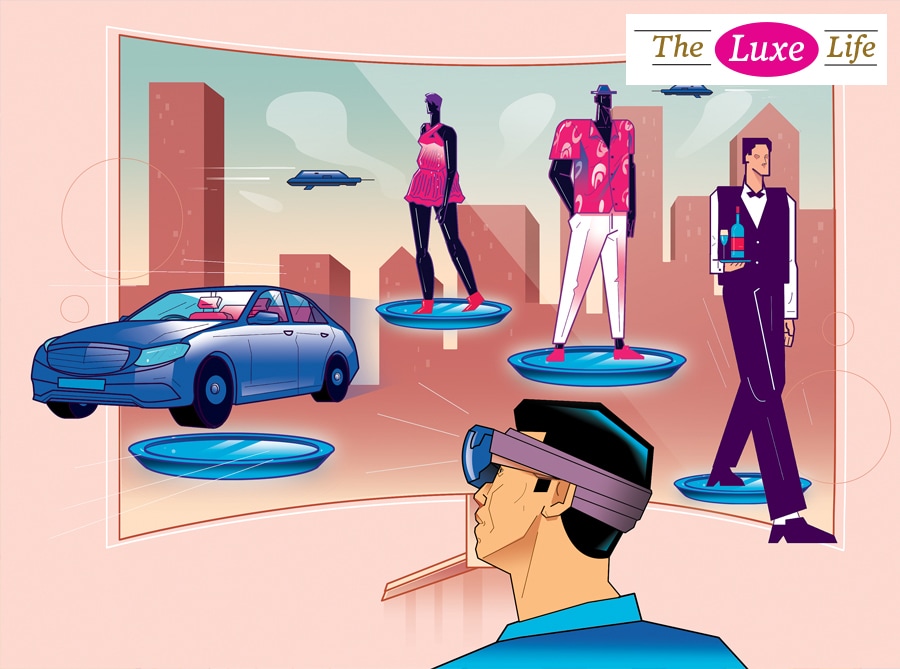 Illustration: Chaitanya Dinesh Surpur[br] From October 21 to 25, instead of celebrities, air kisses and paparazzi flashes, the Lakmé Fashion Week (LFW) will immerse its audience into a 3D world, where anyone, anywhere can get a taste of the front-row experience—without stepping out of their homes (or pyjamas). What’s more, they can pick an outfit straight off the virtual runway and add it to their cart for purchase.
Illustration: Chaitanya Dinesh Surpur[br] From October 21 to 25, instead of celebrities, air kisses and paparazzi flashes, the Lakmé Fashion Week (LFW) will immerse its audience into a 3D world, where anyone, anywhere can get a taste of the front-row experience—without stepping out of their homes (or pyjamas). What’s more, they can pick an outfit straight off the virtual runway and add it to their cart for purchase.
Welcome to luxury 2.0, or 2020, if you will. An industry that has long-focussed on building one-on-one relationships with customers, through high-end staff service or touch-and-feel retail experiences, has been shaken to its roots by the Covid-19 pandemic. At a time when the greatest luxury, perhaps, is to eliminate all in-person interactions and physical touch points, brands have been forced to reinvent the wheel, and all the glossy engines with it.
“To be honest, the industry needed an overhaul anyway,” says Jaspreet Chandok, head of lifestyle businesses, IMG Reliance, which manages LFW. “The designer wear industry has not yet reached its full potential. The pandemic has forced people to become more agile, think out of the box, and adopt new-age communication formats. After the Darwinian shake-out expected, we believe that businesses built on a sound foundation will flourish.”
Preparations at LFW are in full swing to offer a ‘seamless’ digital experience. According to Chandok, it has made significant investment in two major areas: Digital architecture and content enhancement, which involves various vantage points for the viewer and CG (computer generated) environments.
“The first part is an investment for the future as the platform and virtual showroom will become part of our core, even when we return to a physical event,” Chandok says. “The second part showcases to the industry what technology can actually do. The format has provided the team the opportunity to expand their skillsets.”
Two companies that LFW has engaged to get this ambitious plan off the ground include Tagglabs, a 10-year-old Gurugram-based startup focussed on new media and technology innovations for marketing and Geometry Encompass, a 14-year-old experiential marketing agency that reimagines retail, under the WPP group aegis.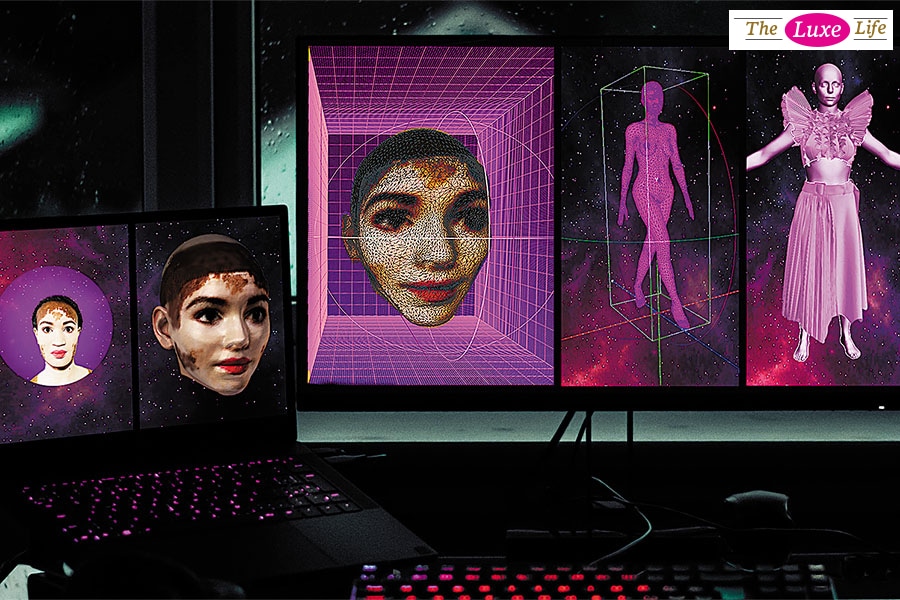 BigThinx, a Bengaluru-based startup, recently created a virtual fashion show for the New York Fashion Week virtual shows can be far less expensive, but more socially inclusive than physical shows
BigThinx, a Bengaluru-based startup, recently created a virtual fashion show for the New York Fashion Week virtual shows can be far less expensive, but more socially inclusive than physical shows
Image: Courtesy BigThinx[br] Tagglabs is helping LFW create a digital live experience, which it says is “much more than a live stream”. The agency will help construct a fantasy 3D world, where viewers can interact with and discover products in a host of ways. Geometry Encompass, meanwhile, is working on converting green-screen stage shows to immersive technology, adding real-time compositing and motion tracking. This means viewers can select different angles and vantage points from which to watch the show, and interact with products while the show is on.
“Experiences are no longer bound to just real or virtual. Today, tech can enable people to have rich experiences in completely virtual settings,” says Ranjit Raina, chief executive officer, Geometry Encompass. “Luxury fashion is no different—with the right tech integrations, the virtual experience can be just as exclusive. Imagine a world where you can interact with a product and discover it in ways that may not be possible in the real world, all while being attended upon by your own personal artificial intelligence (AI) concierge service.”
To say things have changed for the company since Covid-19 is an understatement, Raina adds. “We have had to relook at how we work, collaborate and create,” he says. “Just on the LFW project, for instance, we have creative teams, engagement planners, shooting crews, CG teams, post-production and account management from two cities, working as one cohesive unit.”
Demand from Indian luxury brands is also picking up for Bengaluru-based AI startup BigThinx, which, until now, with slow adoption in India, focussed on an overseas clientele. So much so that co-founders, Shivang Desai and Chandralika Hazarika moved to Milan, and now, with European fashion clients in hand, are looking to shift to the Netherlands, a technology hotbed. In September, BigThinx created a virtual fashion show for the New York Fashion Week organised by Fashionnovation, an inclusive and global showcase featuring designers from the US, Italy, India, Dubai and Japan.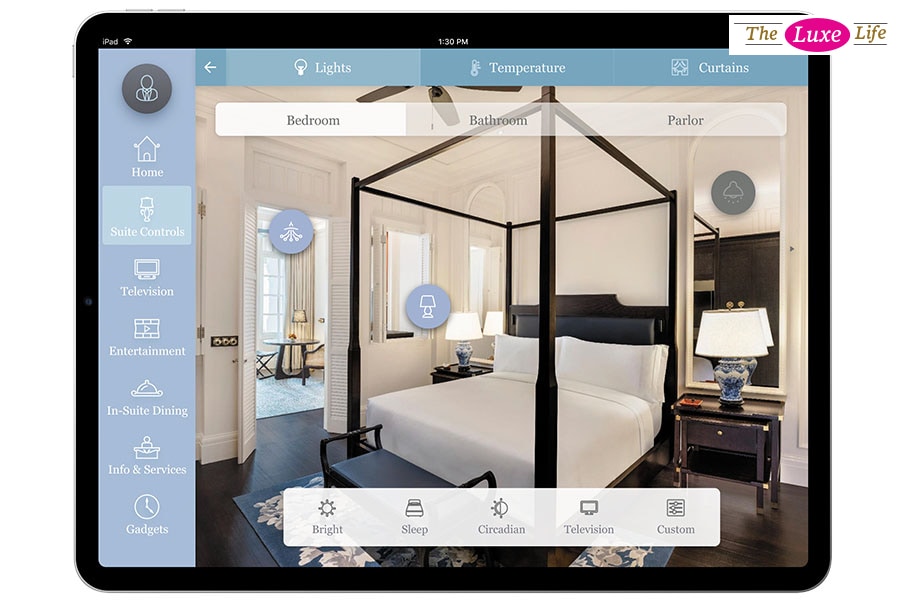 Hotels are increasingly reducing multiple touch points within rooms, and proving information and services through a single digital interface[br]The show sought to break the physical barriers of a fashion show, and was set in a futuristic mega-city. Not only were there plus-sized and racially diverse models, but also those with vitiligo, an amputee and one in a wheelchair. “The amputee is a ballerina from Brazil, and the other models came from Japan, Ghana and South Africa. They could come together for this show because it was a virtual one,” says Desai. “It goes to show what technology can do for your brand, to highlight your sensibilities and vision. It allows you to give opportunities to out-of-work models without needing them to be physically present.”
Hotels are increasingly reducing multiple touch points within rooms, and proving information and services through a single digital interface[br]The show sought to break the physical barriers of a fashion show, and was set in a futuristic mega-city. Not only were there plus-sized and racially diverse models, but also those with vitiligo, an amputee and one in a wheelchair. “The amputee is a ballerina from Brazil, and the other models came from Japan, Ghana and South Africa. They could come together for this show because it was a virtual one,” says Desai. “It goes to show what technology can do for your brand, to highlight your sensibilities and vision. It allows you to give opportunities to out-of-work models without needing them to be physically present.”
In the wake of Covid-19, BigThinx went back to the drawing board. “Why do the models need to walk, for instance? If there’s no physical runway, they can do anything they want, even float in the air,” says Desai.
A real-world fashion show, Desai says, can cost between $200,000 and $1 million to put up, and a virtual one can be done at 1 percent of that, besides being more sustainable and environmentally friendly. BigThinx also has partnerships with the Swedish and Helsinki fashion councils, while “India has been slower to adapt, especially because there’s a hesitancy around ethnic couture being translated to 3D”, says Desai.
Meanwhile, BigThinx, which claims to be growing at 300 percent month-on-month since June—after a lull between February and April—has signed on three Indian designers for its other flagship products: 3D body scanning and virtual showrooms.
For the body scan, users have to click two photos on their mobile phones while standing within a defined outline, a front view and side view. In less than a second, the product derives 44 body measurement points, which can help luxury brands craft custom pieces for them. “This works well for the NRI bridal market, for instance, as people don’t need to fly in and out for fittings. A single person’s measurements across brands can vary from small to large, that’s how nonstandard it is,” he adds.
With motion detection technology, users can see how outfits look on themselves, and minute detail of textures and patterns.
For the virtual showrooms, “the idea is to break the format of a boring website. There’s no difference currently among ecommerce pages, whether they are designer wear or Amazon,” says Desai. “Instead of a standard web page, you enter an immersive virtual store. You can move throughout the store, walk up to different objects, examine them in 3D as you would in a video game. You get the feeling of experiencing the real product while being online.”
A 3D user experience leads to 250 percent more conversions than regular online shopping, studies show. “For an industry hit so terribly by the pandemic, that’s huge,” Desai adds.
Beyond the runway
Much like BigThinx, Indore-based technology firm DigiValet, which makes high-end products for hotels, sees 95 percent of its revenue come from overseas operations. Its luxe clientele includes the Armani hotels in Dubai and Milan, Bulgari in Paris, Raffles in Singapore, the Aman in New York, St Regis in the Maldives and The Oberoi, New Delhi, among others. It also offers similar solutions for serviced residences, palaces and mansions, and is venturing into smart hospitals and senior living.
DigiValet offers all kinds of guest-facing technologies—from reservations to check-out. From your phone, you can choose which car should pick you up, special requests for the room, and pre-check in details. Pre-pandemic, these processes was done in-suite with an executive, but now you can do it from home or on your way to the hotel. Guests no longer want to spend time in the lobby.
Another big change is that while tablets have been used for lighting controls for about a decade, DigiValet says it is getting requests from hoteliers, architects and designers to eliminate multiple touch points within rooms, and replace them with a single touchscreen instead, which is quick to sanitise. For instance, the TV remote control could go, as could light switches printed brochures too could become obsolete, with guests having access to digital information.
“Gone are the days when you could build everything for the millennial you have to keep Gen-Z in mind now, and note that they have embraced technology in their daily lives to a greater extent,” says Rahul Salgia, founder and CEO, DigiValet. “Hospitality has generally been the slowest to adopt technology, with the notion that it takes away from the personal touch. This has never been proven—and post-Covid-19, companies are forced to see this.”
In hospitality, especially in the luxury space, a large chunk of the cost is from manpower. “With the changed environment, there’s a huge need to be more cost-efficient. You can offer the same level of services, same level of face time, with efficient use of technology—it will enable you to have more information on guest requests, preferences, for instance, even for when the contactless world is behind us,” he says.
While the company was in a rut for two quarters—as most hotels were shut and there were few new projects on the anvil—since July, with some countries easing restrictions, they have seen fair recovery. “We’re seeing good tailwinds now, and of course, we will be hit this financial year, but I think 2021 will be better than 2019 at this pace,” says Salgia.
DigiValet has no external investors and claims to be a “near ₹100-crore company”.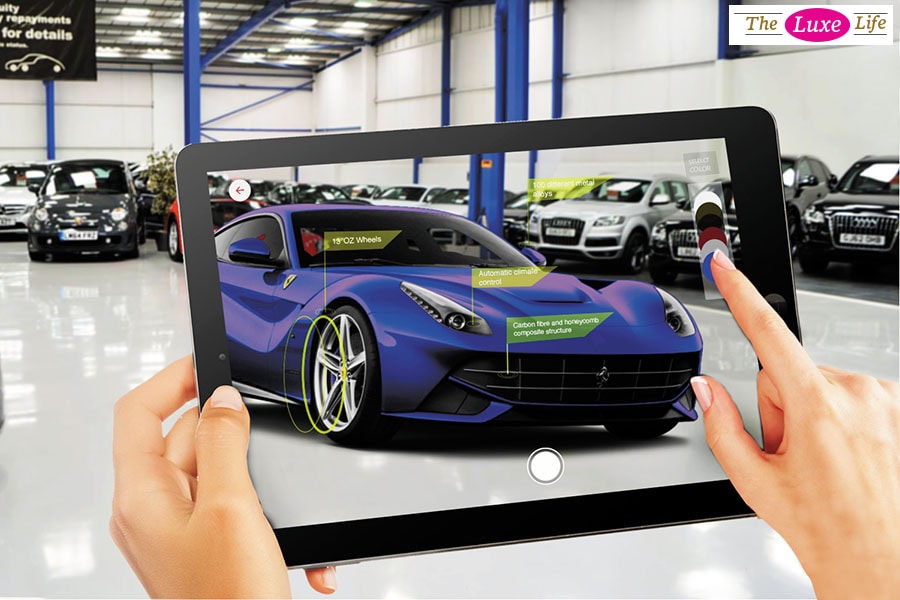 Adloid builds 3D and augmented reality versions of physical car showrooms for websites
Adloid builds 3D and augmented reality versions of physical car showrooms for websites
Image: Courtesy Adloid[br]On the fast track
The pandemic has put things in acceleration mode, in more ways than one, for Adloid Technologies, a four-year-old startup based out of Gurugram and Bengaluru. With a focus to reinvent retail customer experience—especially in the automobile space—the company says it is now seeing demand at levels that it had projected to see in 2022.
“The auto sector is very traditional, and has been relying on dealerships for distribution, which have been struggling for a while. Our products have been around well before Covid-19, but suddenly, we’re being inundated with calls from car brands, despite us having virtually no marketing or PR budget,” says Shorya Mahajan, co-founder, Adloid Technologies.
Clients are seeking virtual car showrooms, where customers can experience products while sitting at home. Adloid builds 3D and augmented reality versions of the physical showrooms for websites, to the extent that viewers can walk around the showroom, examine a car model, configure its specs in real time and see it in different colours and lighting. They also have the option to place the (AR-generated) car in their parking lot.
The company claims to be capital-positive, with an initial investment of $140,000 from six investors. “We’re experiencing 20 percent month-on-month growth, and are on track to do $1.5 million in topline for this year, versus a little over $400,000 last year,” Mahajan says.
Having worked with companies like BMW and more recently, Mercedes-Benz for its GLE model launch, Adloid is now working on a module to simulate a test drive. “You could be in your bed but experience the feel of a driver’s seat, complete with the feeling, sounds and experience that come with it.”
First Published: Oct 20, 2020, 13:26
Subscribe Now